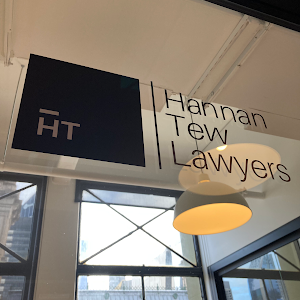By law, only Australian citizens have an automatic right of entry to Australia. Holders of permanent visas have the right to remain in Australia indefinitely, however if they choose to travel internationally, they must ensure they have a right of re-entry.
Typically, when any permanent visa is initially granted, it allows for “multiple entries” to Australia for up-to 5 years.
What are the Resident Return visas?
Once the 5 years has lapsed, the permanent resident must apply for a Resident Return visa which renews the re-entry rights should they wish to travel internationally again in the future.
There are 3 types of Resident Return visas:
- Subclass 155;
- Subclass 157; and
- Subclass 159.
The vast majority will meet the requirements for the most advantageous Subclass 155 visa, with approved re-entry rights for a further 1 or 5 years.
The Subclass 157 caters for scenarios where a permanent visa holder who cannot meet the requirements for the grant of a Subclass 155 but they need to travel internationally for compelling reasons. If granted, the Subclass 157 allows for re-entry to Australia for 3 months.
Our blog here covers the Subclass 155 and 157 visas in more detail.
What is the Subclass 159?
The extremely unique Subclass 159 exists for persons outside Australia who cannot prove they are or were a permanent resident.
This is a rare problem, since Australian visas have been recorded electronically since 2015. Subsequently the Department of Home Affairs can, presumably, confirm a person’s status easily.
However, for those who arrived in Australia prior, their records are likely in the form of a paper label or wet-stamp in their expired passport, or perhaps even a passenger manifest. Their status may not be recorded in the Department’s systems.
If the person is travelling internationally for the first time since electronic records began, unknowingly without re-entry rights, they may find themselves in the very awkward position of being unable to prove they are a permanent resident!
Naturally, the Department will not grant a Subclass 159 to anyone claiming they are or were a permanent resident. To assist, the Subclass 159 visa applicant should provide documents such as:
- a statutory declaration which sets out the circumstances of arrival and length of residence;
- tax assessments;
- Medicare enrolment records;
- bank statements;
- employment records;
- school, academic or other training records.
It would also be worth searching for historic records held by the National Archive.
Evidence of the person’s first arrival should eventually become available. But confirming the person’s status as a permanent resident can become complex given historic changes in migration legislation. For example, persons who arrived in 1 March 1976 – 31 December 1986 may have held something called an “Authority to Return” which transitioned to permanent residency in 1994, or the shifting status of those living in Norfolk Island when it was integrated into the Australian migration zone.
If approved, the Subclass 159 visa enables the holder to travel to and stay in Australia for 3 months, allowing them more time to acquire further documents to confirm their status.
Do you require further assistance?
Our staff are well placed to assist with all issues regarding Resident Return Visas, including the Subclass 159 visa. Contact us by email at [email protected] or phone +61 3 9016 0484.


